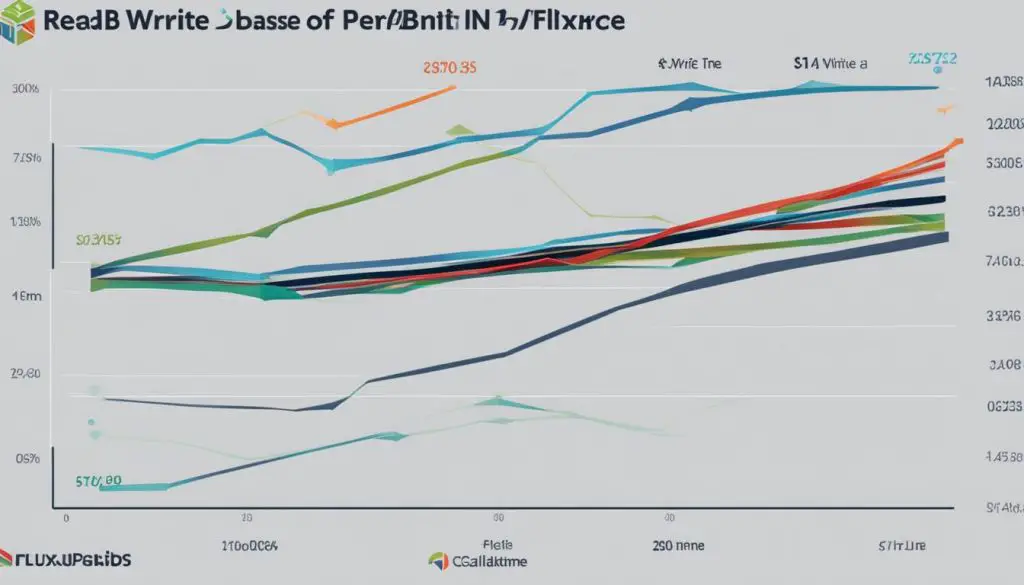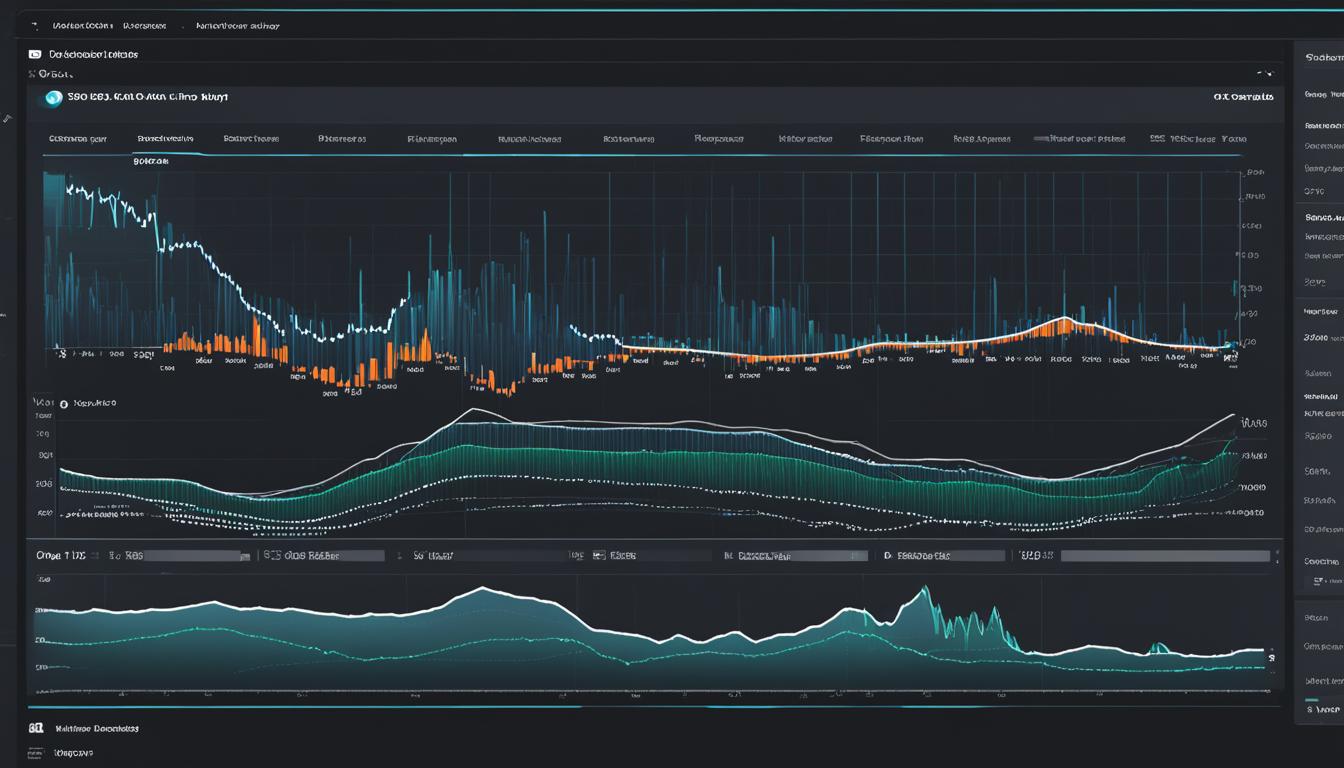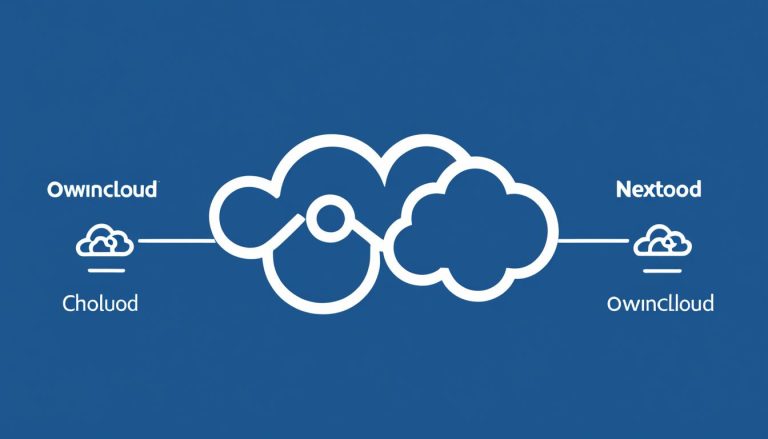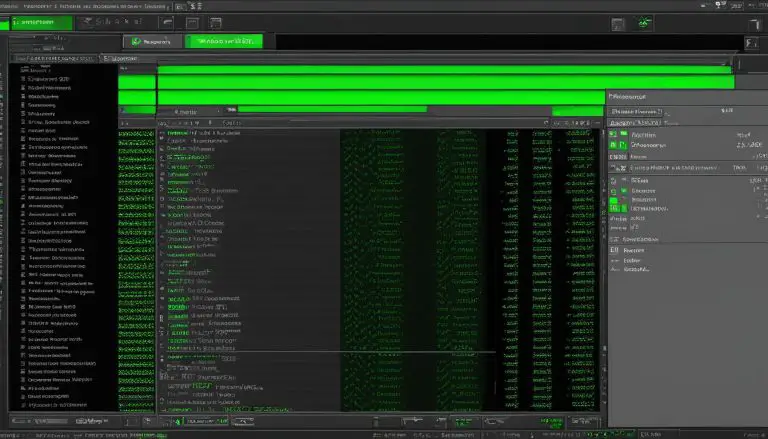Understanding What is InfluxDB – A Quick Guide
Welcome to my quick guide on InfluxDB! In this article, I will provide an explanation and overview of InfluxDB, a powerful time-series database designed for handling and analyzing time-series data. Whether you are new to InfluxDB or curious to learn more about its capabilities, this guide will give you a solid understanding of what InfluxDB is all about.
InfluxDB is specifically designed to handle data that can be evaluated as a “time-series,” such as sensor outputs, market trends, CPU utilization, and application performance metrics. Unlike traditional databases, InfluxDB is optimized for handling large-scale scans or aggregations of time-series data. This makes it an ideal choice for applications that require efficient storage, fast retrieval, and real-time data analysis.
InfluxDB uses a text-based format called the line protocol for sending and storing data. It uses a measurement, tag set, field set, and timestamp to represent data points. The line protocol allows for the insertion of single points, where a point represents a specific data value in a time-series graph.
There are various ways to write data into InfluxDB, including a command line interface (CLI) using curl, InfluxDB API, and client libraries for popular programming languages like Java, PHP, Python, C++, and Go. Once the data is stored, it can be queried using a table structure or stream, with client libraries and tools available for this purpose.
Integration with Grafana allows users to create visually appealing dashboards for data analysis and visualization. InfluxDB offers a wide range of use cases for time-series data, including metrics monitoring, error tracking, market trend analysis, and more.
Key Takeaways:
- InfluxDB is a time-series database designed for handling time-series data.
- It is optimized for efficient storage, fast retrieval, and real-time data analysis.
- Data in InfluxDB is represented using the line protocol, which allows for the insertion of single points.
- Various methods, including CLI and client libraries, can be used to write and query data in InfluxDB.
- InfluxDB offers integration with Grafana for data visualization and analysis.
InfluxDB Features and Use Cases
InfluxDB offers a range of features that make it well-suited for handling time-series data. These features include:
- Efficient storage: InfluxDB is designed to optimize storage and retrieval of time-series data, ensuring efficient data management and reduced storage costs.
- Fast retrieval: With its high-performance storage engine, InfluxDB enables fast data retrieval, allowing for real-time analysis and insights.
- Built-in functions: InfluxDB provides built-in functions for aggregation and down-sampling, simplifying data manipulation and analysis.
- High performance: InfluxDB is built for high write and query performance, enabling the handling of real-time data streams and high-velocity data ingestion.
- Data retention policies: InfluxDB supports data retention policies, which allow users to define how long data should be retained in the database, ensuring efficient data lifecycle management.
These features make InfluxDB an ideal choice for a wide range of use cases:
- Industrial sensor data monitoring: InfluxDB can handle the large volumes of time-series data generated by sensors and devices in industrial settings, enabling real-time monitoring and analysis for process optimization.
- Server performance metrics tracking: InfluxDB is widely used for tracking and analyzing server performance metrics, allowing for proactive monitoring and troubleshooting.
- Heart rate monitoring: InfluxDB is employed in healthcare applications, where it can handle the continuous monitoring of heart rate data to detect anomalies and aid in diagnosis.
- Weather forecasting: InfluxDB is utilized in weather forecasting systems to store and analyze weather data over time, enabling accurate predictions and analysis of weather patterns.
- Stock price analysis: InfluxDB is used for tracking and analyzing stock price data, allowing for real-time monitoring and analysis of market trends.
“InfluxDB’s efficient storage, fast retrieval, and built-in functions make it a powerful tool for handling time-series data in various industries and use cases.”
Furthermore, InfluxDB is widely adopted in Internet of Things (IoT) applications, financial services, energy management, and other industries that require real-time analysis and monitoring of time-series data.
Next, we will explore the performance and benefits of InfluxDB in more detail.
InfluxDB Performance and Benefits
When it comes to handling and analyzing time-series data, InfluxDB offers exceptional performance and a wide range of benefits. Its design is specifically optimized for the storage and retrieval of time-series data, making it the ideal choice for real-time data analysis.
One of the key factors contributing to InfluxDB’s performance is its high-performance storage engine. This engine enables InfluxDB to handle high write and query loads without compromising performance. Whether you’re dealing with large-scale scans or aggregations of time-series data, InfluxDB ensures efficient and speedy retrieval.
InfluxDB also supports compression and sharding, two techniques that significantly enhance storage and retrieval efficiency. Compression reduces the storage footprint, allowing you to store more data without consuming excessive resources. Sharding enables data partitioning across multiple nodes, enabling horizontal scalability and improved query speed.
Scalability and reliability are among the notable benefits of using InfluxDB. It is built to handle large volumes of time-series data, making it suitable for applications in IoT, finance, healthcare, and various other industries. InfluxDB’s fault-tolerant architecture ensures data integrity even in the face of system failures or disruptions.
Another noteworthy feature of InfluxDB is its support for data retention policies. With InfluxDB, you can define how long data should be stored, allowing for efficient management of storage and cost control. This feature ensures that you retain the necessary historical data while effectively managing storage resources.
Lastly, InfluxDB empowers users to easily visualize and analyze time-series data. By leveraging tools such as Grafana, users can create visually appealing dashboards that facilitate real-time data analysis. This enables users to make data-driven decisions promptly and stay ahead in today’s fast-paced environment.

| Benefits of InfluxDB |
|---|
| High-performance storage and retrieval of time-series data |
| Optimized for handling large-scale scans and aggregations |
| Compression and sharding techniques for efficiency |
| Scalability, reliability, and fault-tolerance |
| Data retention policies for efficient storage management |
| Easy visualization and analysis of time-series data |
InfluxDB Tutorial and Documentation
InfluxDB provides comprehensive documentation and tutorials to help users get started with the database. Whether you’re a beginner or an experienced developer, the official InfluxDB documentation is a valuable resource for understanding and utilizing the features of this powerful time-series database.
Documentation and Guides
The InfluxDB documentation covers a wide range of topics, including installation, configuration, data insertion, querying, and more. It offers step-by-step instructions and detailed explanations of various concepts and features, making it easier for users to grasp the fundamentals and dive into more advanced techniques.
The documentation also includes code examples that demonstrate how to perform common tasks in InfluxDB. These examples can be especially helpful for users who prefer a hands-on approach to learning. By following the provided code snippets, you can quickly understand the syntax and structure required for performing specific operations.
Tutorials and Use Case Guides
In addition to the documentation, InfluxDB provides tutorials and guides that focus on specific use cases. These resources walk you through the process of setting up monitoring, creating dashboards using Grafana, and other practical scenarios. By following these tutorials, you can gain a better understanding of how InfluxDB can be applied to real-world applications.
Interacting with InfluxDB
The documentation also covers different tools and APIs that can be used to interact with InfluxDB. This includes the InfluxDB UI, command-line interface (CLI), HTTP API, and various client libraries for popular programming languages like Java, PHP, Python, C++, and Go. Whether you prefer working with a graphical interface or writing code, there are options available to suit your preferences and needs.
Best Practices and Troubleshooting
The InfluxDB documentation offers insights into best practices for optimizing database performance, managing data storage efficiently, and ensuring data integrity. It also provides troubleshooting tips and solutions to common issues that users may encounter. By following these guidelines, you can make the most of InfluxDB and overcome any challenges you may face.
Overall, the InfluxDB documentation and tutorials serve as a comprehensive guide for getting started with this powerful time-series database. Whether you’re a beginner or an experienced user, these resources provide the knowledge and tools you need to harness the full potential of InfluxDB.
Conclusion
InfluxDB is a powerful time-series database designed specifically for handling and analyzing time-series data. With its efficient storage, high-performance queries, and built-in functions for aggregation and down-sampling, InfluxDB provides an ideal solution for managing large-scale time-series data.
Whether you are in the IoT industry, finance, healthcare, or any other field that deals with real-time data analysis, InfluxDB offers the scalability, reliability, and flexibility needed to drive data-driven decision-making. Its ability to handle high write and query loads, along with its support for data retention policies, allows you to efficiently manage your data storage and control costs.
Furthermore, InfluxDB provides comprehensive tutorials, documentation, and support to help you get started and make the most of the database. Whether you are a beginner or an experienced user, you can easily leverage InfluxDB’s capabilities to optimize storage and analysis of time-series data. By understanding what InfluxDB is and how it works, you can unlock the full potential of this powerful tool and gain valuable insights from your time-series data.
FAQ
What is InfluxDB?
InfluxDB is a time-series database designed specifically for handling data that can be evaluated as a “time-series,” such as sensor outputs, market trends, CPU utilization, and application performance metrics.
What are the key features of InfluxDB?
InfluxDB offers features such as efficient storage, high-performance queries, and built-in functions for aggregation and down-sampling of time-series data.
What are some use cases for InfluxDB?
InfluxDB can be used for various use cases, including metrics monitoring, error tracking, industrial sensor data monitoring, server performance metrics tracking, weather forecasting, stock price analysis, and more.
What is the performance of InfluxDB?
InfluxDB is designed to provide high-performance storage and retrieval of time-series data. It supports high write and query performance, making it capable of handling real-time data streams.
What are the benefits of using InfluxDB?
InfluxDB provides benefits such as scalability, reliability, real-time data analysis, and support for data retention policies, allowing efficient management of data storage and control of costs.
Is there any documentation or tutorials available for InfluxDB?
Yes, InfluxDB provides comprehensive documentation and tutorials to help users get started with the database. The official documentation covers installation, configuration, data insertion, querying, and more. It also includes code examples and explanations of various concepts and features.
- About the Author
- Latest Posts
Mark is a senior content editor at Text-Center.com and has more than 20 years of experience with linux and windows operating systems. He also writes for Biteno.com






